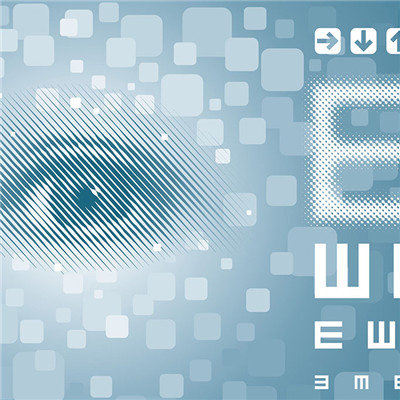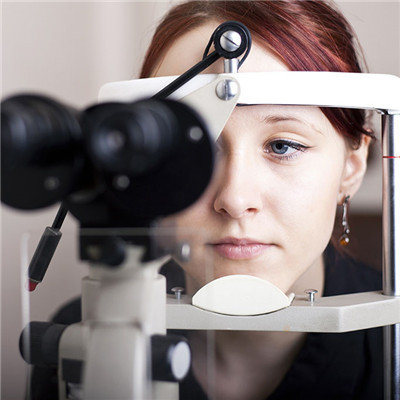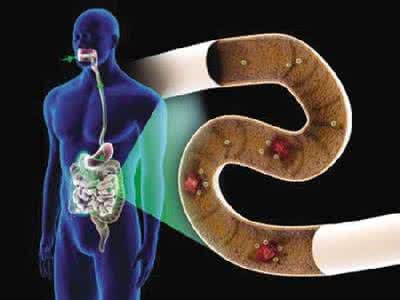Symptoms of retinal ischemia?
summary
The metabolism of retinal tissue is very strong, and the blood supply of its inner layer comes from the retinal vessels of the terminal branches, so it is prone to ischemic disease. Retinal tissue is the location of visual neurons. Once ischemia occurs here, it will do great harm to vision. In the case of clear refractive stroma, the changes of retinal tissue are easy to be observed and recorded. Therefore, compared with ischemic chorioretinopathy and optic neuropathy, ischemic retinopathy is the most common and relatively clear type of changes. In many cases, its concept can be extended to other diseases. Symptoms of retinal ischemia? Let's talk about it
Symptoms of retinal ischemia?
Acute ischemic retinopathy is mainly caused by the arterial side of blood vessels. The main causes are acute insufficiency of blood perfusion pressure and vascular embolic diseases. Eye tissue damage is serious and recovery is difficult, but the late complications are relatively few. The main diseases are ophthalmic artery occlusion, central retinal artery occlusion (CRAO) (with or without ciliary retinal artery), branch retinal artery occlusion (BRAO), ciliary retinal artery occlusion, purtscher retinopathy, purtscher like retinopathy, etc.

Chronic ischemic retinopathy is usually caused by blood diseases and vascular venous or capillary abnormalities. It can also be caused by chronic hypoperfusion of eye tissue. Chronic retinopathy may cause slight damage to visual function at first, but it may lead to blindness due to serious complications. The main diseases include central retinal vein occlusion (CRVO), branch retinal vein occlusion (BRVO), diabetic retinopathy (DR), ocular ischemic syndrome, Takayasu arteritis and fundus diseases. Other diseases include chronic ischemia caused by blood diseases such as anemia, leukemia, polycythemia, thrombocytopenic purpura, sickle cell hemoglobinopathy, etc. Such diseases also include radiation retinopathy.

The signs of chronic ischemic retinopathy (CRVO) are complicated, mainly including two types: one is the manifestation of primary disease, the most common is the destruction of blood retinal barrier, such as the fading of retina and optic nerve color and retinal hemorrhage in anemia, and the tortuous, dilated, bleeding and exudation of vein in CRVO; The second is secondary ischemic compensatory changes and complications, such as microangioma, vascular anastomotic branches, retinal and optic disc neovascularization, proliferative vitreoretinopathy, vitreous hemorrhage and traction retinal detachment. The extent of compensatory response is affected by the degree of primary ischemia.

matters needing attention
Retinal ischemia should be treated in time. It's better to go to a regular hospital as soon as possible to avoid vision damage, eye fatigue and reasonable rest.
















